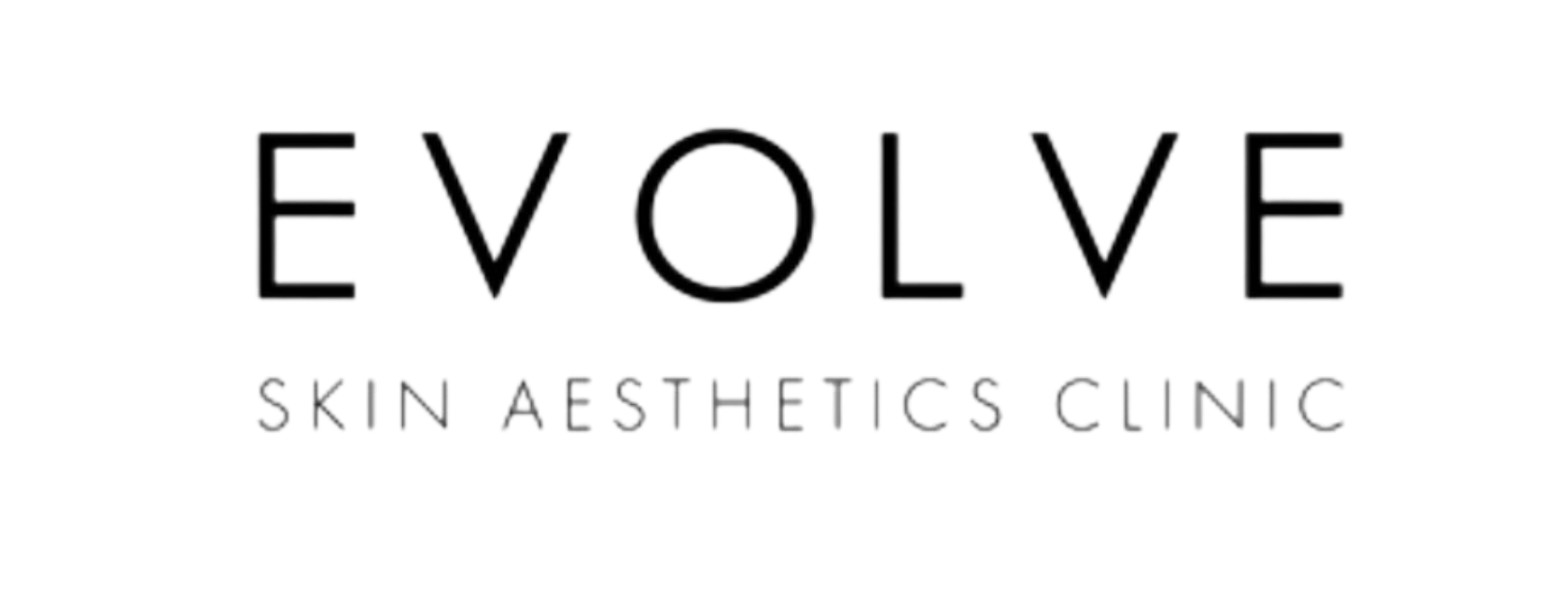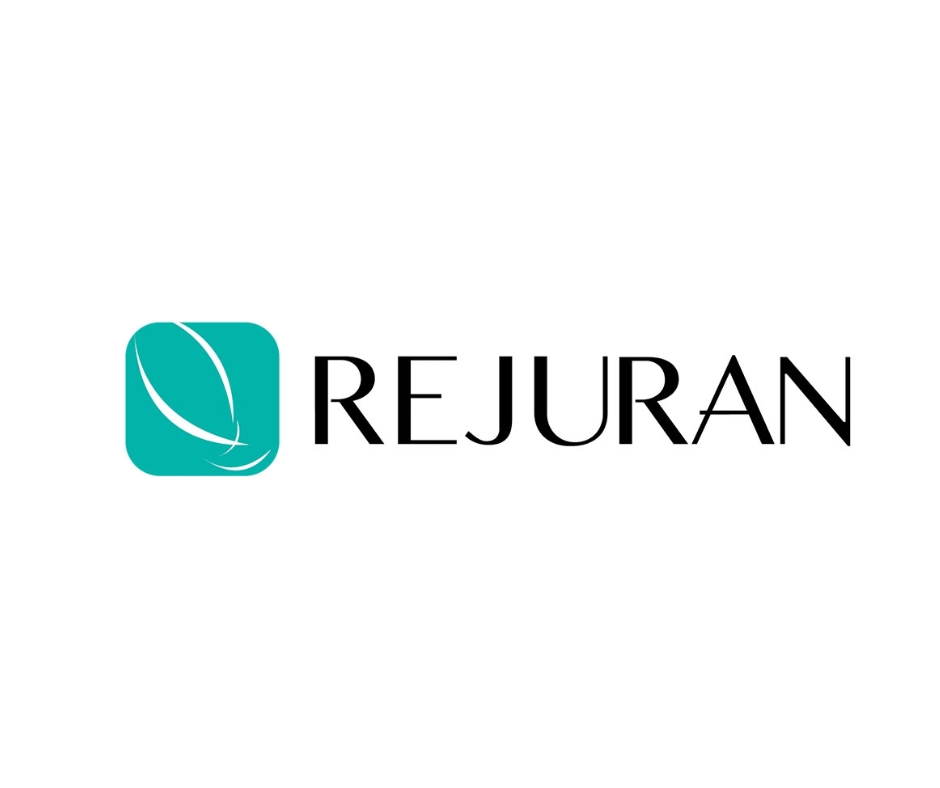Which Skin Treatment Is Right for You?
In today's world, skin care has become more important than ever. According to Torrens University Australia, the revenue generated in the beauty and personal care market in Australia was projected to reach AU $11.37 billion in 2024. It's not just about aesthetics but also about maintaining overall skin health. With the rise in pollution, stress and lifestyle changes, our skin faces challenges that require effective solutions. Numerous treatments cater to specific skin issues and concerns for all ages. This article explores various skin treatments to help you make informed decisions about which options might be best suited for your skin type and concerns.
Understanding Your Skin Type
Oily Skin
Oily skin is characterised by excess sebum production, which can lead to a shiny appearance and enlarged pores. Treating oily skin requires choosing products that regulate oil production without overdrying the skin. Ingredients such as salicylic acid and clay are beneficial because they absorb oil while maintaining moisture balance. Regular exfoliation is also crucial, as it helps remove dead skin cells and keeps pores clear.
Dry Skin
Dry skin often feels tight and may appear flaky or dull, primarily due to inadequate oil production. Hydration is key for treating dry skin, with emphasis on moisturising and using gentle, hydrating cleansers. Look for products containing hyaluronic acid and glycerin, which attract moisture to the skin. Night creams and masks can be beneficial for providing intensive hydration and nourishment. It's essential to avoid harsh exfoliants and hot water, which can strip the skin of natural oils and exacerbate dryness.
Sensitive Skin
Sensitive skin is easily irritated by environmental factors, certain products or even stress, resulting in redness, itching or burning sensations. Gentle skincare routines are crucial for managing sensitive skin, focusing on products with minimal ingredients and irritation potential. Look for hypoallergenic and fragrance-free products that soothe and calm irritation. Niacinamide and aloe vera are beneficial ingredients that support the skin barrier. Patch-testing new products before full application can prevent adverse reactions.
Common Skin Treatment Options
Topical Treatments
Topical treatments are the foundation of many skincare routines and can effectively address various concerns. These include creams, serums and lotions applied directly to the skin’s surface. Ingredients such as retinoids, hyaluronic acid and antioxidants work to improve skin texture, tone and hydration. They're suitable for daily use and can be customised to target specific skin issues. A consistent routine with topical treatments can produce gradual and significant improvements over time.
Chemical Peels
Chemical peels involve applying a chemical solution to the skin, which exfoliates and eventually peels off the outer layers. This process stimulates the growth of new skin cells, improving texture and reducing fine lines and discolouration. Chemical peels range from superficial to deep, with varying strengths for different skin concerns. It's essential to consult with a professional to determine the appropriate type and depth for your skin type. Despite their powerful effects, chemical peels require careful aftercare to protect the new skin and maximise results.
Laser Treatments
Laser treatments use concentrated light beams to address specific skin issues. They work by removing layers of skin or targeting deeper layers to stimulate collagen production. With different types of lasers available, treatments can be tailored to individual needs and skin types. The precision of lasers makes them effective, but they also require downtime and post-care to ensure optimal recovery. Consulting with experienced practitioners ensures safe application and desired outcomes.
Microdermabrasion
Microdermabrasion is a non-invasive procedure that exfoliates the skin using fine crystals or a diamond-tipped wand. The treatment works by removing the outer layer of dead skin cells, promoting cell turnover and enhancing the absorption of topical products. Suitable for all skin types, microdermabrasion requires minimal downtime, making it a convenient option. Regular sessions can help maintain soft, smooth and more youthful skin.
Consultation and Professional Advice
Importance of Dermatological Consultation
A dermatological consultation is invaluable in understanding skin concerns and determining effective treatments. Professionals assess skin type, conditions and goals to provide personalised guidance. Exploring treatment options and learning about their benefits and risks enables informed decision-making. Regular check-ups ensure ongoing support and adjustments, maximising the effectiveness of selected treatments. Emphasising consultation in skin care regimens guarantees that interventions align with individual needs and conditions.
Finding Qualified Practitioners
Finding qualified practitioners is crucial for safe and satisfactory outcomes of skin treatments. Comprehensive research and recommendations guide the selection of professionals with reputable experience and credentials. Evaluating qualifications, institutions and patient feedback helps establish trust and competence. Board certification and affiliations with recognised organisations are indicators of dedication to providing quality care. Prioritising expertise ensures that procedures are conducted safely and thoughtfully with informed precision.
Preparing for Your Appointment
Preparing for a dermatological appointment requires gathering medical history and listing current skin issues. Considering specific goals and preferences facilitates open dialogue with practitioners. Arriving with skincare routines and products aids professionals in tailoring treatments. Addressing concerns and questions about potential treatments contributes to informed decision-making. Thorough preparation streamlines appointments, optimising time spent between patient and practitioner for comprehensive care.
Creating a Personalised Treatment Plan
Developing a personalised treatment plan aligns chosen interventions with individual skin needs and lifestyles. Practitioners combine patient input with professional expertise to design targeted strategies. Customisation may involve integrating different treatments and maintaining regular evaluations. Clear documentation of steps and outcomes helps track progress and refine applications. Personalisation elevates treatment efficacy, focusing on achieving defined goals through continuous adjustments.
At-Home Maintenance and Follow-Up
Developing a Routine
Establishing a consistent at-home routine reinforces the benefits achieved through professional treatments. Core steps include cleansing, moisturising and sun protection, adapted to personal needs. Regular at-home rituals foster discipline, supporting skin health and enhancing treatment results. Incorporating select products, such as serums or masks, complements primary care to target specific concerns. Commitment to routine deepens engagement with skincare, gradually cultivating improvements in texture, tone and hydration.
Recommended Products for At-Home Care
Selecting appropriate products for at-home care extends professional treatment outcomes. Key elements include ingredients matched to skin type and concerns, promoting balanced routines. High-quality items, ranging from cleansers to serums, optimise skin health by addressing specific needs. Periodic updates and adjustments in products accommodate changing environmental conditions. Strategic choices in at-home care ensure enhanced results and steady progress alongside professional interventions.
Monitoring Skin Changes
Monitoring skin changes informs proactive modifications to routines, ensuring continued efficacy. Daily observations and annual photograph comparisons identify subtle advancements or setbacks. Recording products and responses facilitates recognition of effective combinations and formulations. Long-term reflections support accurate tracing of skin trajectory, proactively guiding care adjustments. Disciplined monitoring transforms observations into actionable plans, fostering sustained skin vitality.
Regular Check-Ins With Professionals
Regular consultations reinforce ongoing treatment strategies and address any unforeseen skin developments. Practitioners provide expertise and support for necessary modifications based on evolving conditions. Periodic professional assessment ensures alignment between at-home and clinical treatments. Tailored advice offers reassurance and assists in navigating unexpected changes or challenges. Collaborative dialogue and regular evaluations fortify advancement toward sustained skin health and resilience.
Selecting the right skin treatment involves understanding individual skin types, needs and goals for optimal results. Considering an array of options—natural, clinical and hybrid treatments—enhances the potential for personalised care. With professional expertise and ongoing communication guiding routines, individuals are empowered to take proactive steps. Strong consultation foundations and disciplined at-home maintenance ensure continued skin health and resilience. Embracing informed decisions cultivates visible, sustainable improvements, unlocking skin potential across unique journeys. Reach out to Evolve Skin Aesthetics Clinic today to see how we can help with your skin treatment.

















